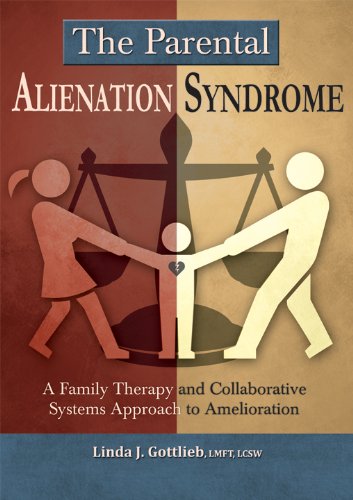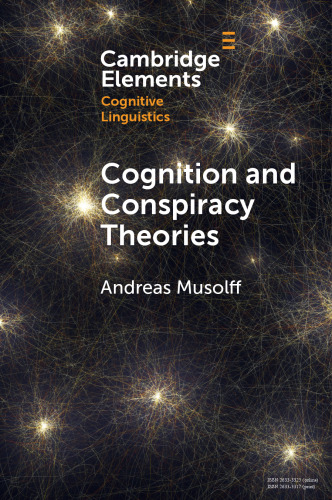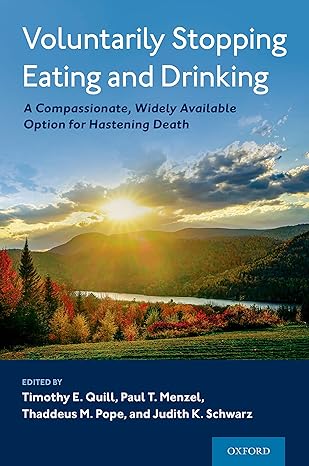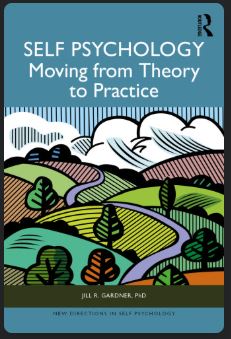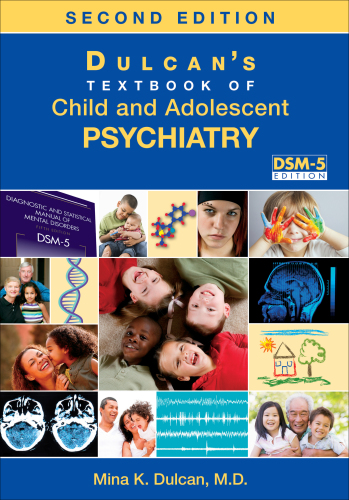INTRODUCTION I have heard it stated so many times—time after time—like a broken record, the opening remark from alienating parents conveying the identical mes- sage: I want my child to have a relationship with (the other parent)—IF ONLY (the other parent) would stop hitting our child, yelling at our child, saying hurtful things to our child, keeping our child up too late at night, not monitoring our child’s homework, taking our child to inappropriate movies, failing to take our child to play dates, continuing to embarrass our child in front of friends with silly remarks, being too strict, or being too permissive, if only. . . . There is always an “if only” which is fabricated, embellished, and/or distorted. The stories are repetitive: horrific tales of manufactured child abuse; re - ferrals to child protective services (CPS) resulting in suspension of visits be - tween targeted parents and their children; meritless reports to police alleging domestic violence resulting in orders of protection which slander and stig- matize targeted parents; exclusionary tactics preventing the targeted parent’s involvement in their children’s medical, educational and social lives and activities; depletion of the targeted parent’s resources due to the legal fees required to defend herself/himself against frivolous allegations and to obtain legal enforcement of her/his parental rights. These agonizing sagas are identical; only the names change. This book is a portrayal of these sagas, resulting from a family interac- tional pattern called parental alienation syndrome—herein referred to as the PAS. The PAS is an insidious, devastating, bewildering, and commonly un - recognizable form of child abuse. It is a syndrome that often goes by no name for those who are victimized by it; for the therapists who treat it; for forensic evaluators who assess for it; for the child protective workers who investigate it; for the law enforcement system which becomes ensnared in it; and for the judicial system which adjudicates it. And yes, I could have been counted among those unknowing therapists when I initially faced such a situation some 15 years ago. I have discovered much about this syndrome in subsequent years. I know now that what I had observed and treated is a specific syndrome, with symptoms and behaviors ix x The Parental Alienation Syndrome that repetitively and universally occur in all of its young victims and which stems from a common etiology—the malicious programming of an alienating parent. It was because of the pioneering work of child psychiatrist, Richard Gardner, that this syndrome gained recognition. In his 1985 article, “Recent Trends in Divorce and Custody Litigation,” Dr. Gardner first labeled this family interactional pattern as the PAS after having observed for years recur- ring situations in which children presented as being happily alienated from a formerly-loved and loving parent. Finding no justification for this “happy” alienation, Dr. Gardner concluded that the combination of symptoms repet- itively observed in these children, along with a recurring programming of the child by a parent against the targeted parent, formed the basis of a syndrome. He called it the Parental Alienation Syndrome (PAS). And although I, too, deem this condition to be a syndrome based on my observations and treatment of more than two hundred children afflicted with it, I do not wish to become distracted by a game of semantics. I will take no issue with the reader who still wishes to shun the label of syndrome—after having read the book—in describing this “condition” of a child being lost to one parent due to a mali- cious programming by the other parent. I just request that the reader keep an open mind with respect to the issue. Although there are chapters in this book which will likely interest a gen- eral audience, such as alienated parents and adult child victims of the PAS, I am primarily addressing those who are in the helping professions, such as ther apists, children’s lawyers, judges, matrimonial attorneys, parent coordi- nators/educators, forensic evaluators, child protective staff, law enforcement personnel—and rescuers. Yes, the professional rescuer, who believes that a child must be saved from a parent—from one of only two people in the child’s entire lifetime who will love her/him unconditionally. Rescued from a parent? Rescued, why? Rescued from bogus allegations, from fabricated abuses, from fictionalized tales in service of deprecating and humiliating the targeted parent. These falsehoods are created by one person— the alienating parent—and then they are introjected, rehashed and embell- ished upon by the child whom she/he has co-opted. The following are stories about parents who were driven from the lives of their children. They are dedicated, nurtur
چکیده فارسی
مقدمه بارها شنیدهام که میگوید - بارها و بارها - مانند یک رکورد شکسته، صحبت آغازین والدینی که از خود بیگانه بودند که پیام یکسانی را منتقل میکنند: من میخواهم فرزندم با (والد دیگر) رابطه داشته باشد. IF ONLY (والدین دیگر) از کتک زدن فرزندمان، فریاد زدن سر فرزندمان، گفتن چیزهای آزاردهنده به فرزندمان، بیدار نگه داشتن فرزندمان در شب، نظارت نکردن بر تکالیف فرزندمان، بردن فرزندمان به فیلم های نامناسب، کوتاهی در انجام دادن دست بر می دارد. فرزندمان قرار ملاقات بگذارد، ادامه دادن به شرمساری فرزندمان در مقابل دوستان با اظهارات احمقانه، بسیار سخت گیرانه یا بیش از حد سهل انگارانه باشد. . . . همیشه یک "اگر فقط" وجود دارد که ساخته، آراسته و/یا تحریف شده است. داستان ها تکراری هستند: داستان های وحشتناک کودک آزاری ساخته شده. ارجاع مجدد به خدمات محافظت از کودک (CPS) که منجر به تعلیق ملاقات بین والدین هدف و فرزندان آنها می شود. گزارشهای بیاساس به پلیس مبنی بر ادعای خشونت خانگی که منجر به دستورات حفاظتی میشود که به والدین هدف تهمت و انگ تهمت میزند. تاکتیک های طرد کننده برای جلوگیری از دخالت والدین هدفمند در زندگی و فعالیت های پزشکی، آموزشی و اجتماعی فرزندانشان؛ تهی شدن منابع والدین هدف به دلیل هزینه های قانونی لازم برای دفاع از خود در برابر اتهامات بیهوده و به دست آوردن اجرای قانونی حقوق والدینش. این حماسه های دردناک یکسان هستند. فقط اسم ها تغییر می کنند این کتاب تصویری از این حماسهها است که ناشی از یک الگوی تعاملی خانوادگی به نام سندرم بیگانگی والدین است - که در اینجا به آن PAS میگویند. PAS یک شکل موذیانه، ویرانگر، گیج کننده و معمولاً غیرقابل تشخیص کودک آزاری است. این سندرمی است که اغلب برای کسانی که قربانی آن می شوند نامی ندارد. برای درمانگرانی که آن را درمان می کنند؛ برای ارزیاب های پزشکی قانونی که آن را ارزیابی می کنند؛ برای کارگران محافظ کودک که آن را بررسی می کنند؛ برای سیستم مجری قانون که در دام آن گرفتار می شود. و برای سیستم قضایی که آن را قضاوت می کند. و بله، زمانی که حدود 15 سال پیش در ابتدا با چنین موقعیتی مواجه شدم، میتوانستم جزو آن درمانگران ناآگاه بشمارم. من در سالهای بعد چیزهای زیادی در مورد این سندرم کشف کردم. اکنون میدانم که آنچه که مشاهده کردهام و درمان کردهام یک سندرم خاص است، با علائم و رفتارهای ix x سندرم از خود بیگانگی والدین که به طور مکرر و جهانی در همه قربانیان جوان آن رخ میدهد و از یک علت رایج سرچشمه میگیرد - برنامهریزی مخرب یک بیگانگی. والدین. به دلیل کار پیشگام روانپزشک کودک، ریچارد گاردنر بود که این سندرم به رسمیت شناخته شد. دکتر گاردنر در مقاله خود در سال 1985 با عنوان «روندهای اخیر در دعاوی مربوط به طلاق و حضانت» برای اولین بار این الگوی تعاملی خانوادگی را پس از مشاهده موقعیتهای تکرارشونده برای سالها مشاهده کرد که در آن کودکان با خوشحالی از فردی که قبلاً دوستش داشتهاند بیگانه شدهاند. پدر و مادر دوست داشتنی دکتر گاردنر با یافتن هیچ توجیهی برای این بیگانگی «شاد» به این نتیجه رسید که ترکیب علائمی که به طور مکرر در این کودکان مشاهده می شود، همراه با برنامه ریزی مکرر کودک توسط والدین علیه والدین هدف، اساس یک سندرم را تشکیل می دهد. او آن را سندرم بیگانگی والدین (PAS) نامید. و اگرچه من نیز بر اساس مشاهدات و رفتارم با بیش از دویست کودک مبتلا به آن، این وضعیت را یک سندرم میدانم، اما نمیخواهم با بازی معناشناسی حواسپرت شوم. من هیچ مشکلی با خواننده ای که هنوز هم می خواهد از برچسب سندرم دوری کند - پس از خواندن کتاب - در توصیف این "وضعیت" کودکی که برای یکی از والدین به دلیل برنامه ریزی مخرب والدین دیگر گم می شود، نمی گذرد. فقط از خواننده تقاضا دارم که ذهنیت خود را نسبت به موضوع باز نگه دارد. اگرچه فصلهایی در این کتاب وجود دارد که احتمالاً مخاطبان عام را مورد توجه قرار میدهد، مانند والدین بیگانه و کودکان بزرگسال قربانیان PAS، من در درجه اول کسانی را که در حرفههای کمکی هستند، مانند مشاوران، وکلای کودکان، قضات خطاب میکنم. وکلای زناشویی، هماهنگکنندگان/آموزگاران والدین، ارزیابهای پزشکی قانونی، کارکنان حفاظت از کودکان، پرسنل اجرای قانون و امدادگران. بله، نجات دهنده حرفه ای، که معتقد است یک کودک باید از دست والدین نجات یابد - از یکی از تنها دو نفر در تمام طول زندگی کودک که او را بدون قید و شرط دوست خواهند داشت. نجات از دست پدر و مادر؟ نجات پیدا کرد، چرا؟ نجات از اتهامات ساختگی، از سوء استفاده های ساختگی، از داستان های تخیلی در خدمت تحقیر و تحقیر والدین هدف. این دروغها توسط یک نفر ایجاد میشوند - والدین بیگانهکننده - و سپس توسط کودکی که او با او همراهی کرده است، درونیسازی میشود، دوباره اصلاح میشود و تزئین میشود. در ادامه داستان هایی در مورد والدینی است که از زندگی فرزندان خود رانده شده اند. آنها فداکار هستند، پرورش می دهند
ادامه ...
بستن ...
Author(s): Linda J. Gottlieb
Publisher: Charles C Thomas Pub Ltd, Year: 2012
ISBN: 0398087369,9780398087364
ادامه ...
بستن ...
